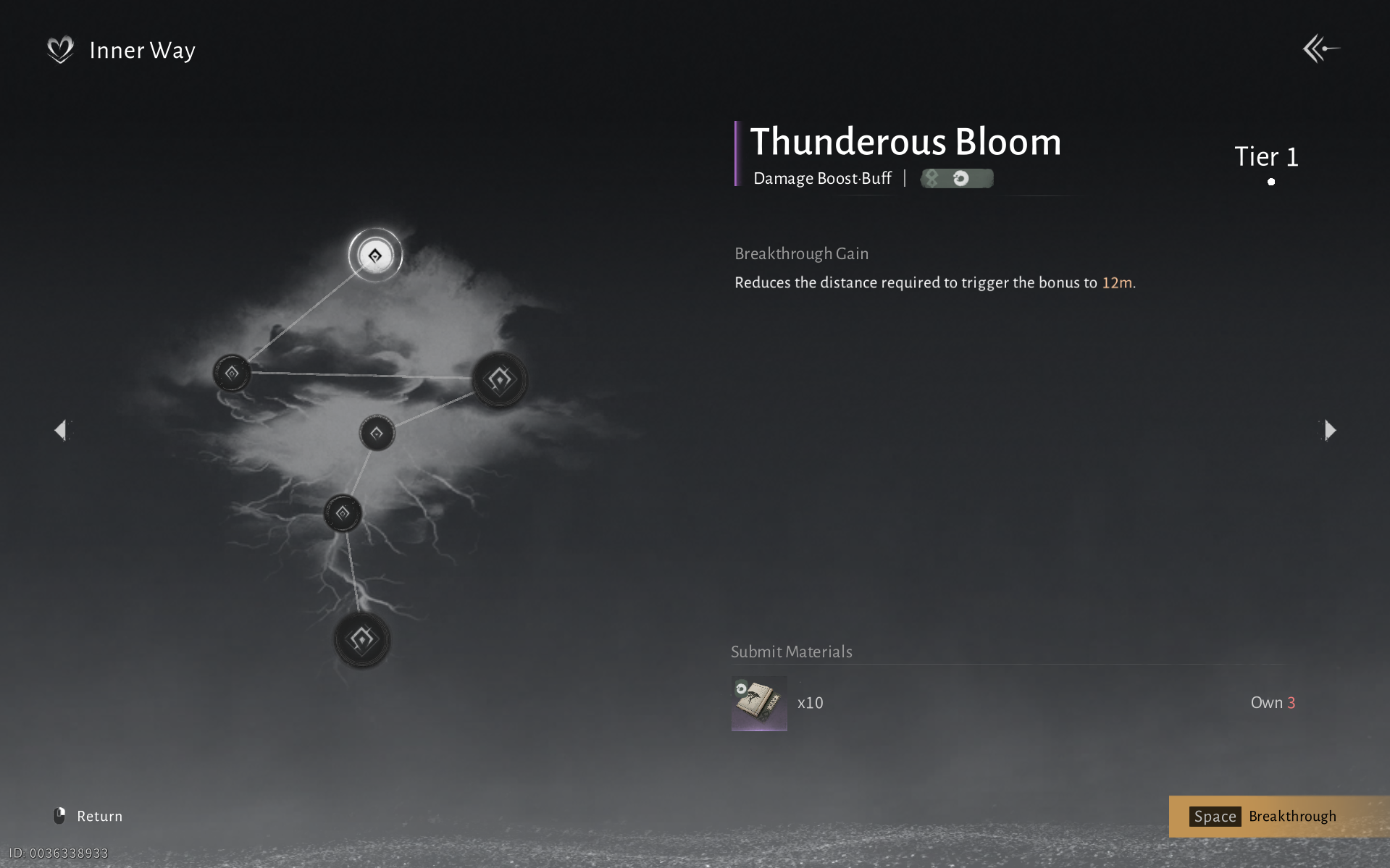What to know
- IP68 focuses on dustproofing and prolonged water immersion.
- IP69 adds durability against high-pressure, high-temperature water jets.
- Both ratings address different scenarios and don’t overlap.
- Brands highlight both to emphasize all-around durability.
When it comes to smartphone durability, those "IP" ratings are like little badges of honor that manufacturers love to brag about. You've probably seen "IP68" and "IP69" plastered all over spec sheets for rugged phones and premium flagships. But here's the kicker—why mention both? Wouldn't IP69, the tougher of the two, automatically cover IP68? Let’s break it down and figure out what’s going on.
What do IP68 and IP69 actually mean?
Before we dive into why brands list both, let’s do a quick crash course on these ratings:
IP68
- Dustproof: The device is completely sealed against dust. Not a single speck gets in.
- Water resistance: It can survive continuous immersion in water. The depth and duration depend on the manufacturer’s spec—usually something like 1.5 meters for 30 minutes.
IP69
- Dustproof: Same as IP68—total protection from dust.
- Water resistance: Here’s where it gets intense. IP69 involves testing with high-pressure, high-temperature water jets. Imagine your phone being blasted by a pressure washer or hosed down at 80°C water temperatures. That’s the IP69 standard.


Why mention both IP68 and IP69?
It’s tempting to think that IP69 is the ultimate durability badge and that it automatically includes IP68. But the truth is, these two ratings cover different scenarios:
1. Prolonged Submersion (IP68)
IP68 guarantees your phone can handle being underwater for an extended period. Think accidental toilet drops, pool mishaps, or shooting underwater videos. The emphasis here is on continuous immersion rather than water pressure or heat.
2. High-Pressure and Heat Resistance (IP69)
IP69 is about surviving intense water jets at close range. This might not sound like an everyday scenario, but it’s crucial for certain users—like workers in harsh environments where equipment gets cleaned with pressure washers.
The kicker? IP68 tests don’t include high-pressure sprays, and IP69 tests don’t include prolonged immersion. They’re separate certifications, so a device needs to pass both tests to carry both ratings.
Why don’t brands just stick with IP69?
Here’s the deal: IP69 focuses more on durability against extreme sprays and heat, which doesn’t automatically mean the device can handle being submerged for a long time. Likewise, IP68’s immersion test doesn’t account for high-pressure scenarios. By listing both ratings, brands are saying, "Hey, our device can handle both underwater adventures and harsh environments."
It’s not just marketing fluff—it’s about covering all the bases.
Which one matters more for you?
It depends on how you plan to use your device. If you’re someone who loves taking underwater photos or just wants peace of mind around pools, IP68 is what you care about. If you’re working in tough conditions where your device might face high-pressure sprays (construction sites, food processing, etc.), then IP69 is the game-changer.

IP69 phones in India (as of December 2024)
- Realme 14X (Rs 14,999)
- Oppo Reno 13 (Rs 37,999)
- Oppo Reno 13 Pro (Rs 49,999)
- OnePlus 13 (Rs 69,999)
- Realme GT 7 Pro (Rs 59,999)
Thus, IP69 won't mean the device also has IP68!
So, why do brands flaunt both IP68 and IP69 ratings? Because they’re not just throwing numbers around. These ratings highlight a phone’s ability to withstand different kinds of water-related abuse. If you’re paying for a rugged or premium phone, knowing it’s certified for both scenarios ensures it’s ready for whatever you throw at it—or throw it into.
Now that you know the difference, next time you see those ratings on a spec sheet, you’ll know exactly what they mean—and why they’re both worth bragging about.













Discussion